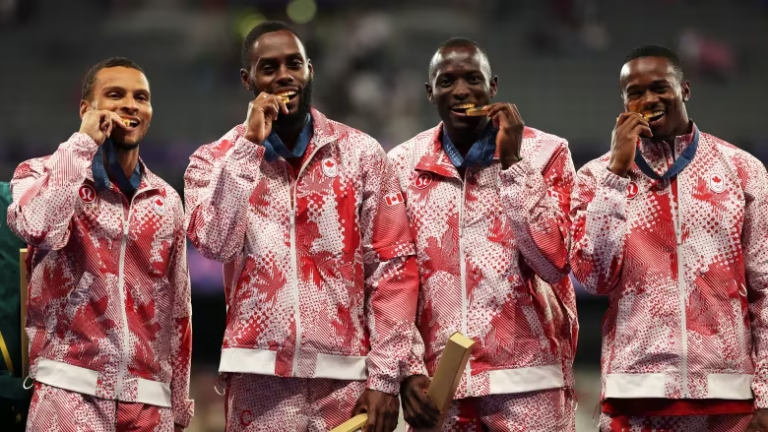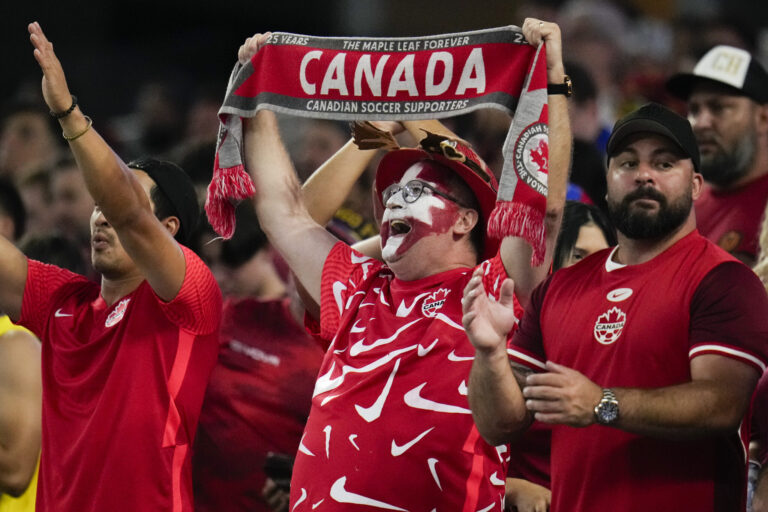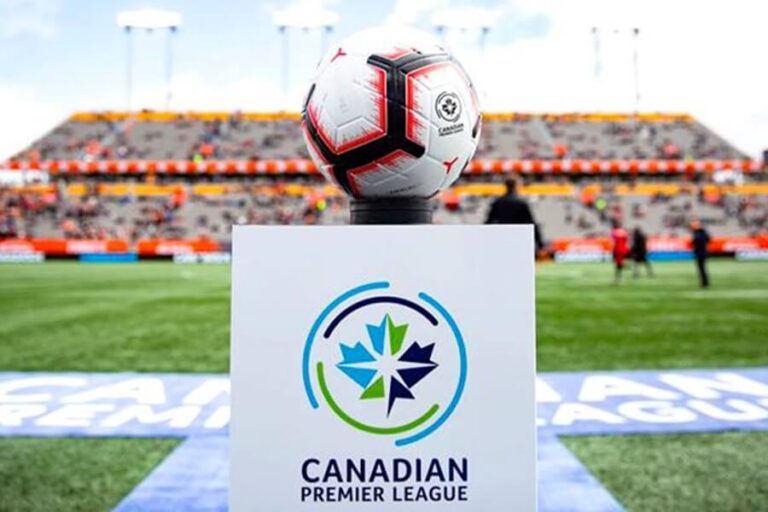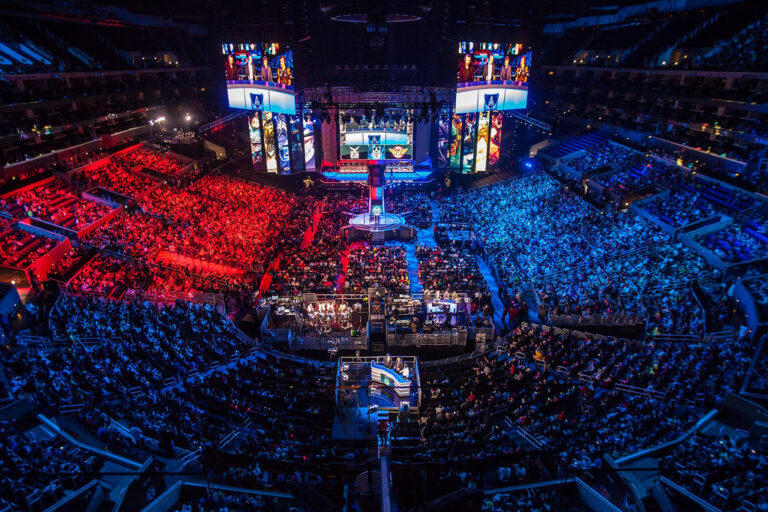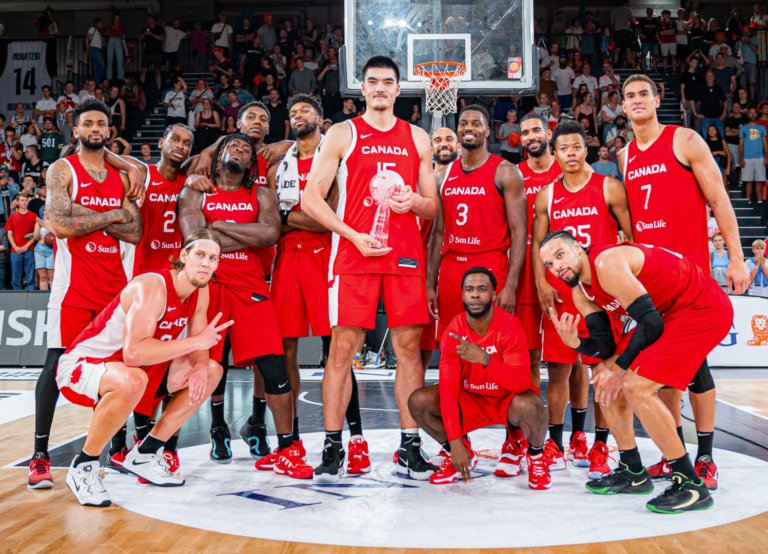Exploring Toronto Raptors’ Rebuilding Strategy Post-Championship
Following their historic NBA Championship victory in 2019, the Toronto Raptors have entered a crucial rebuilding phase. Navigating the transition from championship contenders to sustainable future success involves strategic player development, roster management, and leveraging young talent. Here’s an in-depth exploration of the Raptors’ rebuilding strategy post-championship.
Transition After the Championship
After securing their first-ever NBA title, the Raptors faced immediate challenges:
- Departure of Key Players: The loss of superstar Kawhi Leonard and veteran leaders like Serge Ibaka and Marc Gasol significantly impacted the roster.
- Aging Core: The aging of championship veterans necessitated a strategic pivot toward youth and rebuilding.
Prioritizing Youth Development
A cornerstone of Toronto’s rebuilding approach has been its emphasis on youth:
- Draft Success: Strategic drafting of promising young talents such as Scottie Barnes and Malachi Flynn.
- Player Development Program: Renowned for its success, Toronto’s development system focuses on nurturing and maximizing the potential of young athletes.
- Investing in Youth: Providing significant minutes and opportunities for emerging players to gain valuable NBA experience.
Strategic Roster Management
Toronto has carefully managed its roster to balance immediate competitiveness with long-term goals:
- Flexible Contracts: Employing contract strategies to maintain salary cap flexibility, facilitating future player acquisitions and trades.
- Asset Accumulation: Accumulating draft picks and tradable assets to strategically position the team for future talent acquisition.
Embracing Analytical Approach
The Raptors’ front office heavily relies on analytics and data-driven decisions:
- Advanced Scouting and Analytics: Utilizing cutting-edge analytics to evaluate talent, inform strategic decisions, and maximize player performance.
- Innovation in Sports Science: Investing in advanced sports science and medical practices to maintain player health and optimize performance.
Leadership and Culture
Maintaining strong leadership and organizational culture has been essential:
- Veteran Leadership: Retaining seasoned players like Pascal Siakam and Fred VanVleet to mentor younger teammates.
- Cultural Consistency: Focusing on maintaining the championship culture built on resilience, teamwork, and accountability.
Coaching Strategy
Head Coach Nick Nurse has played a pivotal role in the rebuilding strategy:
- Adaptive Coaching Style: Nurse’s innovative and adaptive coaching methods facilitate player development and tactical flexibility.
- Balanced Approach: Combining veteran experience with youthful energy to create a competitive and cohesive team environment.
Fan Engagement and Patience
Engaging and maintaining fan support during rebuilding is critical:
- Transparent Communication: Keeping fans informed about rebuilding strategies and goals fosters patience and sustained engagement.
- Fan Experience: Continuing to provide exceptional game-day experiences and community engagement initiatives.
Long-Term Vision and Future Prospects
The Raptors’ rebuilding strategy emphasizes sustainability and future competitiveness:
- Talent Pipeline: Building a robust pipeline of young talent through drafts, player development, and strategic acquisitions.
- Sustainable Success: Focusing on long-term stability and consistent playoff contention through strategic planning and prudent roster management.
Conclusion
The Toronto Raptors’ post-championship rebuilding strategy illustrates a thoughtful, comprehensive approach aimed at sustained competitiveness and future success. By prioritizing youth development, leveraging analytics, maintaining a strong team culture, and strategically managing assets, the Raptors are well-positioned to emerge successfully from this rebuilding phase and compete at the highest levels again.

